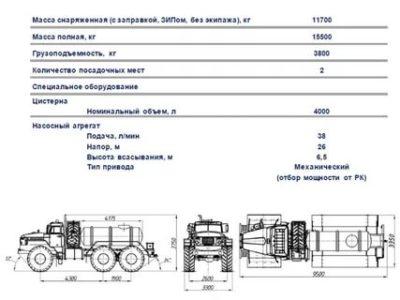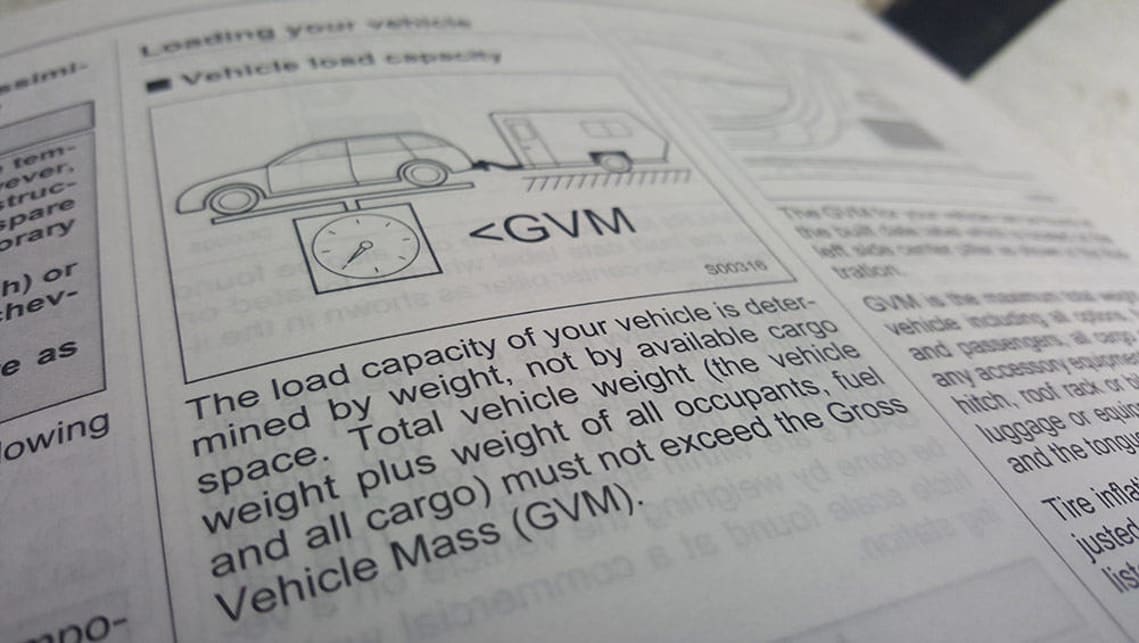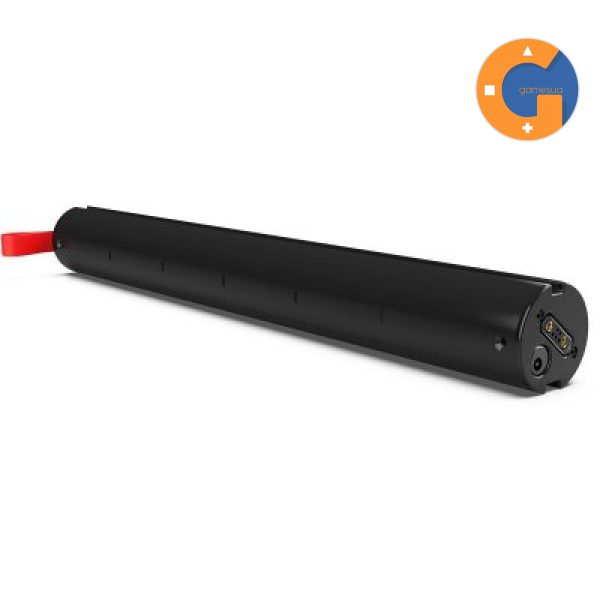
Explanation of car weight | container, curb, GVM, payload and trailer
Content
- Tare weight or weight
- Own mass or weight
- Gross Vehicle Weight (GVM) or Weight (GVW)
- payload
- Gross vehicle weight or axle weight
- Trailer tare or tare weight (TARE)
- Gross Trailer Weight (GTM) or Weight (GTW)
- Gross Trailer Mass (ATM) or Weight (ATW)
- Gross Train Mass (GCM) or Weight (GCW)
- Loading the towbar (to be specified)
- What other myths about vehicle weight would you like us to dispel? Tell us in the comments below.

There are many terms when it comes to towing, but what do they all mean?
Tare weight? gvm? Curb weight? GCM? These terms and abbreviations can be found on your vehicle's nameplates, in your owner's manual, and in many weight articles and discussions, but what do they really mean?
All of these relate to the type of load your vehicle is intended to carry or tow, which is critical to its safe and efficient operation. Therefore, it is important to know.
Two terms you'll often see in these descriptions are "gross" and "massive," but if you're not familiar with them in this context, fear not. Gross simply means the entire amount of something, in this case the weight. Mass is different from weight in strict scientific terms, but for ease of description here it means the same thing. All these weights are expressed either in kg or tons.
The easiest way to measure these important weights is to use the nearest public weighbridge for a moderate fee. They are easy to find with a quick web search or through local business directories. The design of public scales can vary from traditional single-deck with an on-site operator to multi-deck and XNUMX-hour self-service kiosks with automatic credit card payment. So let's start with the lightest weight and work our way up.
Tare weight or weight
This is the weight of an empty standard car with all its fluids (oils, coolants) but only 10 liters of fuel in the tank. We assume that 10 liters was chosen as the industry standard to allow empty vehicles to drive to and from the weighbridge.
Own mass or weight
This is the same as the tare weight, but with a full fuel tank and without any accessories (roll bars, towbars, roof racks, etc.). Think of it like your regular car, literally parked at the curb, ready for you to get in and drive away.
Gross Vehicle Weight (GVM) or Weight (GVW)
This is the maximum weight of your vehicle when fully loaded, as stated by the manufacturer. You will usually find this GVM number on the vehicle's weight plate (usually found in the driver's door opening) or in the owner's manual. So GVM is curb weight plus all accessories (roll bars, roof racks, winches, etc.) and payload (see below). And if you're towing something, GVM includes a Tow Ball boot.
payload
This is simply the maximum load your car can carry, as specified by the manufacturer. Simply subtract your vehicle's curb weight from its gross vehicle weight (GVM) and you're left with the amount of stuff you can load into it. Don't forget that this includes all passengers and their baggage, which can seriously damage your payload. For example, if your car has a load capacity of 1000 kg (1.0 tons), five big guys will use up about half that mass before you even start tossing their luggage and a couple of cold stoves!
Gross vehicle weight or axle weight
It is important to know that your car's GVM is evenly distributed.
This is the maximum load that the front and rear axles of your vehicle can carry, as specified by the manufacturer. You will usually find these numbers in the user manual. The total gross axle weight usually exceeds the GVM to provide a margin of safety. However, it is important to know that your vehicle's GVM is evenly distributed for safe and efficient operation.
Trailer tare or tare weight (TARE)
This is the weight of the empty trailer. The term "trailer" covers anything you can tow or "follow" a vehicle, from a single axle van or camper trailer, to motorcycle and jet ski trailers, all the way to heavy multi-axle boat trailers and caravans. If it is a camper trailer or caravan, unlike a car, its tare weight does not include liquids such as water tanks, LPG tanks, toilet systems. Also known as dry weight for obvious reasons.
Gross Trailer Weight (GTM) or Weight (GTW)
This is the maximum axle load that your trailer is designed to carry, as specified by the manufacturer. This is the total weight of your trailer and its payload, but does not include the towbar load (see separate heading). The GTM is usually displayed on the trailer or in the owner's manual.
Gross Trailer Mass (ATM) or Weight (ATW)
This is Gross Trailer Weight (GTM) plus towbar load (see separate heading). In other words, ATM is the maximum trailer/caravan towing weight specified by the manufacturer.
Gross Train Mass (GCM) or Weight (GCW)
All towing data claimed by some manufacturers must be marked with a large asterisk.
This is the maximum permitted combined weight of your vehicle and trailer as specified by the tractor manufacturer. This is where you need to pay close attention to your car's GVM and your trailer's ATM, because these two numbers define the GCM and one directly affects the other.
For example, let's say your vehicle has a curb weight of 2500kg, a gross vehicle weight of 3500kg and a GCM of 5000kg.
The manufacturer claims that with a curb weight of 2500 kg, it can legally tow another 2500 kg, but the towed weight decreases in direct proportion to the increase in the weight of the tractor. So if you load the tractor to its gross weight of 3500kg (or payload of 1000kg), there is only 1500kg of tractive effort left to meet the GCM of 5000kg. With a decrease in the tractor's PMT to 3000 kg (or a payload of 500 kg), its tractive effort will increase to 2000 kg, etc.
The hairy towing figures claimed by some manufacturers should be marked with a big asterisk and an explanation for that fact!
Loading the towbar (to be specified)
The weight on your hitch is critical to safe and efficient towing and should be mentioned here. Any quality towbar should have a plate or something similar showing the maximum towbar load capacity (kg) and the maximum towbar load (kg). Make sure the trailer hitch you choose is designed specifically for your vehicle and your towing capacity requirements.
As a general rule, TBD should also be about 10-15 percent of the Gross Trailer Weight (GTM), which for peace of mind can also be calculated using the GTM and TBD values as shown here: TBD divided by GTM x 100 = % GTM.
What other myths about vehicle weight would you like us to dispel? Tell us in the comments below.
